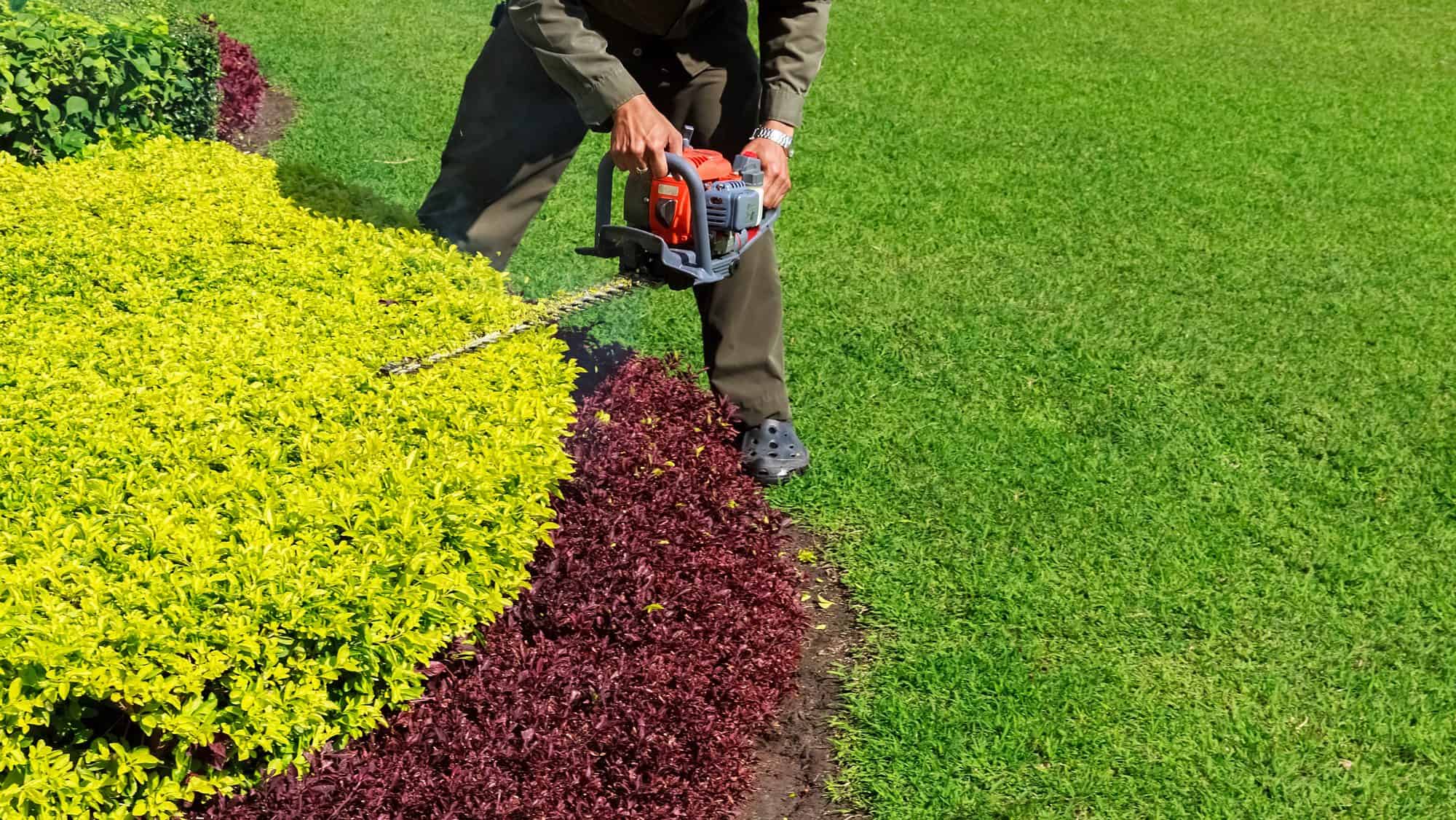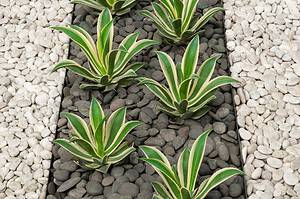
A Detailed Guide to DIY Lawn Care for Beginners
From garden supplies to landscaping plans, it can be overwhelming to navigate the best way to care for your lawn.
While professional lawn care services are available, you can save money and enjoy more flexibility with a DIY approach that’s totally feasible.
In this comprehensive guide, we’ll share valuable tips and tricks for beginners to create an outdoor maintenance plan that’ll keep your garden looking healthy and beautiful year-round.
Native Plants, Grass, or Gravel?
The ground coverage you choose for your lawn can dictate a lot of time and effort you’ll have to put into maintenance in the future.
For example, many homeowners prefer grass but know that this may mean needing regular irrigation, fertilizer, and mowing to keep it in pristine health, depending on the grass variety.
In drought-tolerant areas, using landscaping stones or gravel is a smart way to save water. If you’re on a busy schedule, this is also a great low-maintenance option.
If you love plants, then sticking to native grasses and plants is a sustainable way to save on resource consumption while also enjoying low-maintenance landscaping. Native plants are already adapted to the environment, so they tend to be hardy and thrive easily. They also bolster the ecosystem as a whole.
Smarter Ways to Water
Proper watering is essential for a healthy lawn. Water deeply but infrequently to encourage deep root growth. The best time to water is early in the morning to reduce evaporation.
If you are looking for eco-friendly and budget-friendly irrigation solutions, consider setting up a rainwater collection system, such as rain barrels. This recycled water is perfect for areas that receive substantial rainfall.
How to Fertilize Your Lawn

If you opt for a grass lawn, applying fertilizer on a regular basis can help keep it flourishing by providing it with essential nutrients. Choose a fertilizer based on your grass type and the specific needs of your lawn. Applying fertilizer in the spring and fall is typically recommended.
Get Those Weeds Under Control
Weeds can either be a gardener’s worst nightmare or best friend. For instance, if you embrace sustainable landscaping and have a natural yard, then “weeds” are not really weeds, but native plants that enhance the ecosystem and health of your garden. However, if you have grass or garden pebbles, weeds can be an unwelcome sight.
Use pre-emergent herbicides to prevent weed growth, and if weeds do appear, employ selective herbicides to target them without harming your grass. You can also try other non-chemical methods, such as layering beds with organic mulch or gravel to prevent weeds from taking root.
Aeration and Dethatching
Aeration and dethatching are critical steps in lawn care. Aerating your lawn allows air, water, and nutrients to reach the root zone, while dethatching removes layers of dead grass and organic matter. These practices improve soil health and grass growth.
Soil Testing & Maintenance
Understanding your soil’s composition is key to successful lawn care. Conduct soil tests to determine pH levels and nutrient deficiencies, then adjust your care regimen accordingly.
Bulk organic soil is a quick fix for enhancing your soil nutrients, or you can start a compost bin to collect veggie, fruit, coffee, eggshells, and plant scraps to create a nutrient-dense material that plants love.
Overseed for a Thick Lawn
If seasonal changes have caused your once lush grass lawn to develop unsightly bare spots, don’t worry- installing a bunch of new grass patches may not be necessary.
Overseeding is a technique used to fill in bare patches and create a thicker, healthier lawn. Choose the right grass seed for your region and apply it in the fall when temperatures are cooler and moisture levels are ideal.
Pest and Disease Management
Keep an eye out for signs of pests and diseases in your lawn. Early detection and treatment can prevent extensive damage.
If you want to go at it without chemicals, there are many traditional methods to target specific pests. For example, you can try companion planting or researching essential oils that pests hate.
You might even want to build a bat house, as bats are great pest munchers and also produce nutrient-rich guano for soil.
Gravel, mulch, and river rocks are great supplies to keep snails and slugs away from plants.






Leave a Reply